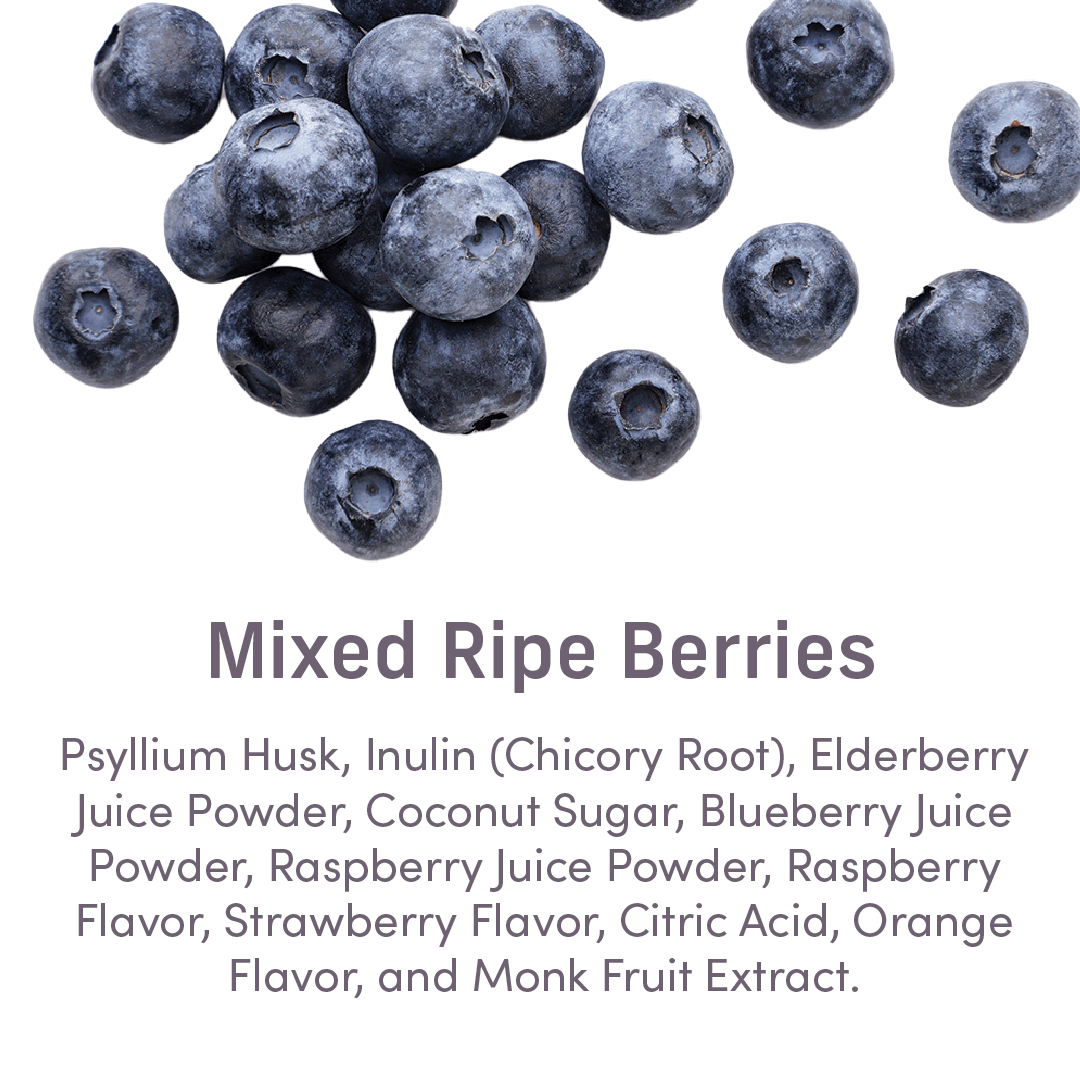OK, let’s discuss anal fissures which can be very painful after going number two, so painful you avoid going to poop which can make these worse. Anal fissures are caused by constipation which if you have read this blog can be treated naturally with more fiber in your diet. Read on to learn about anal fissures and how important a high-fiber diet is to preventing them.
What Are Anal Fissures?
Drunk History media.giphy.com
Anal fissures are what you expect from a name like anal fissures, a lining tear in the anus or anal canal. This is the exact location where waste product exits your body. Once your anus is torn, every bowel movement after that irritates that tear. These anal fissures are painful and might even bleed.
Well, you are probably saying, I don’t want that. Turns out anal fissures can affect anyone of any age but the likelihood declines as we get older. However, if you have had an anal fissure in the past you are more likely to get another.
What Causes Anal Fissures?
Anal fissures can be caused by trauma to the anus. The main reason is straining when going number two, especially if trying to pass large, dry, and lumpy waste. Other related reasons include long-term constipation or diarrhea. Vaginal childbirth can also be a cause of tearing.
Not so fun fact: anal fissures are common in women after childbirth. Add this to the lesser-known pregnancy facts like how common it is for women to experience hemorrhoids during pregnancy.
Anal fissures can also be caused by anal sex or inserting foreign objects into the anus.
Other less common reasons include chronic poor bowel habits, underlying medical problems like Crohn’s disease or related IBS, and decreased blood flow to the backside.
Are you detecting a common theme here? Issues going number two in the bathroom can cause anal fissures in several ways. (Where are the smooth poops when you need them?)
What are the Signs of Anal Fissures?
Anal fissure symptoms are not good and if you are here reading this you probably already know some of them.
Here are the big ones: pain during and after going number two, constipation, blood in the stool, blood on the toilet paper from your wipe, burning and itching, a visible tear of the anus, and/or unpleasant odorous discharges.
Some of these symptoms overlap with hemorrhoids, which is also caused by constipation. It’s no wonder then that anal fissures are often mistaken for hemorrhoids. It’s important to go to the doctor for a proper diagnosis.
What are Treatments and Cures for Anal Fissures?

Amazon Prime Video media.giphy.com
The good news is that 80 to 90% of cases of anal fissures can be treated naturally by relieving pressure on your anus. The even better news is that these are anal fissure at-home treatments.
- Up your fiber intake to pass smooth, poops without pain.
- Drink more water to stay hydrated.
- Avoid sitting on the toilet for too long or straining.
- Related don’t delay going number two cause of the pain this makes things worse. If you have to poop, hit the bathroom.
- Lubricate your lovely booty with petroleum jelly.
- Soak in a warm bath for 10 to 20 minutes several times a day to relax the butt muscles.
This should heal most anal fissures over a few weeks or months.
What if My Anal Fissures Don’t Go Away?
Anal fissures can be classified as chronic lasting more than 8 weeks or acute if it’s a recent occurrence. Neither is ideal but the chronic anal fissures may create swelling and you may grow an external lump called a skin tag (which we have to say is a horrible name). Chronic anal fissures may also cause extra internal tissue inside the anus called a hypertrophied papilla.
If at-home anal fissure treatments are not working or symptoms return, there are more involved options such as topical creams and ointments, injections, and/or surgery. Again, consult your doctor for more guidance.
How Fiber Can Help with Constipation?

ABC Network / Via media.giphy.com
One of the easiest ways to stop constipation today is with your diet. As we mentioned earlier, increasing your fiber intake can help prevent constipation. Fiber helps both in softening and bulking up the stool so it’s easier for our body to release it. Soluble fiber absorbs water, turns it into a gel, and slows digestion. Insoluble fiber bulks up the stool making it easier to pass when experiencing constipation.
You can moderately increase your fiber intake until you meet the recommended daily fiber intake. Good sources of fiber include whole grains, nuts, brown rice, beans, vegetables, and fresh or dried fruits.
How Much Fiber Should I Be Getting?
The USDA recommends 25 grams for women and 38 grams for men daily. To give an example of 25 grams of fiber, you would have to eat 5.6 medium apples or 83 baby carrots each day. It's no wonder that an estimated 95% of the population in America doesn't get enough daily fiber. But don’t worry, Bonny fiber supplements can help reach your daily fiber goals.
Bonny Fiber is Here to Help
Bonny powder is a custom fiber powder supplement that helps you achieve your fiber goals with stool-bulking psyllium husk and inulin.
Bonny is an all-natural, plant-based fiber powder supplement that tastes AMAZING and is available in flavors like Apple Pie, Mixed Ripe Berries, and Super Strawberry.
As always, we wish you pleasant poops and sweet slumbers.
Blog Post Sources: American Society of Colon & Rectal Surgeons, John Hopkins Medical, Mayo Clinic, and The Cleveland Clinic





